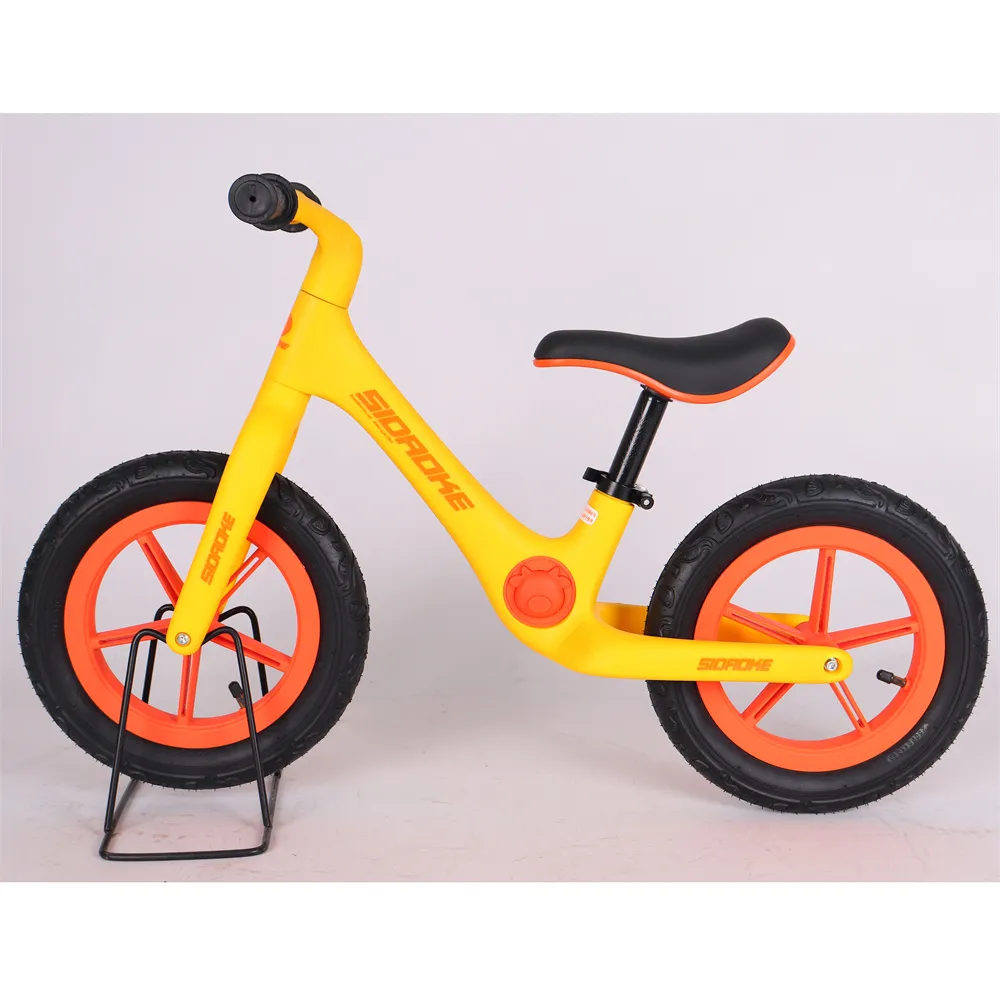Effective Steps for Teaching Children to Ride a Balance Bike with Confidence and Fun
How to Teach a Kid to Ride a Balance Bike
Teaching a child to ride a balance bike can be an exhilarating experience for both the child and the parent. Balance bikes are designed to help young riders develop essential skills such as balance, coordination, and confidence before transitioning to a traditional pedal bike. Here’s a step-by-step guide on how to effectively teach your child to ride a balance bike.
1. Choose the Right Balance Bike
The first step is selecting an appropriate balance bike for your child. Look for a bike that is the right size for their height, allowing them to sit comfortably with both feet flat on the ground. The handlebars should be at a level that is easy for your child to reach. A lightweight bike will be easier for them to maneuver, and adjustable seats will accommodate their growth over time.
2. Safety First
Before your child embarks on their balancing journey, ensure they are equipped with the right safety gear. This includes a properly fitting helmet, knee pads, and elbow pads. Encourage your child to wear the gear each time they ride. This promotes a sense of safety and reduces the fear of falling, which is an important aspect of learning to ride.
3. Introduce the Bike
Start by allowing your child to become familiar with the balance bike. Let them walk around with it, pushing it along while sitting on the seat. This will help them understand the feel of the bike and how to control it. Encourage them to push the bike with their feet and practice balancing while walking.
4. Finding Balance
Once your child feels comfortable with the balance bike, it’s time to focus on balancing. Find an open space, such as a park or a flat driveway, with minimal distractions. Have your child sit on the bike and glide forward using their feet. Encourage them to lift their feet off the ground for short distances to experience balancing. Remind them to keep their eyes forward and steer with the handlebars.
how to teach a kid to ride a balance bike

As your child gains confidence, encourage them to glide longer distances. Teach them to push off the ground with their feet and then place their feet up to coast. You can create small challenges, such as gliding to a specific spot or racing to a designated finish line. Make it a fun game to maintain their interest.
6. Steering Skills
Teaching your child how to steer is an essential component of riding a balance bike. Encourage them to turn in wider arcs initially and gradually decrease the radius as they gain confidence. You can set up cones or markers to create a fun obstacle course for them to navigate.
7. Celebrate Progress
Celebrating milestones is vital. Whether it’s successfully balancing for a few seconds or making a smooth turn, acknowledge their achievements. Positive reinforcement helps build their confidence and motivates them to continue practicing.
8. Transition to a Pedal Bike
When your child is successfully riding the balance bike, it may be time to introduce them to a pedal bike. The skills they developed on the balance bike—such as balance, steering, and coordination—will make the transition much smoother. Look for a pedal bike that allows them to adjust the seat height and maintain a sense of comfort.
Conclusion
Teaching a kid to ride a balance bike is a rewarding journey filled with fun and learning. By following these steps—choosing the right bike, prioritizing safety, and focusing on balance and coordination—you can help your child gain the confidence they need to ride independently. Enjoy the process, take your time, and watch as your child embraces the joy of riding!
-
Three-Wheel Light-Up Scooter Benefits for KidsNewsJul.11,2025
-
The Importance of Helmet Safety When Using a Kids ScooterNewsJul.11,2025
-
Nurturing Early Mobility with an Infant ScooterNewsJul.11,2025
-
How to Choose the Safest Tricycle for KidsNewsJul.11,2025
-
Fixing a Squeaky Baby Push Tricycle in MinutesNewsJul.11,2025
-
Cleaning and Maintaining a Tricycle for Big KidNewsJul.11,2025
-
Unleash Fun and Safety with Our Premium Kids Scooter CollectionNewsJun.06,2025








